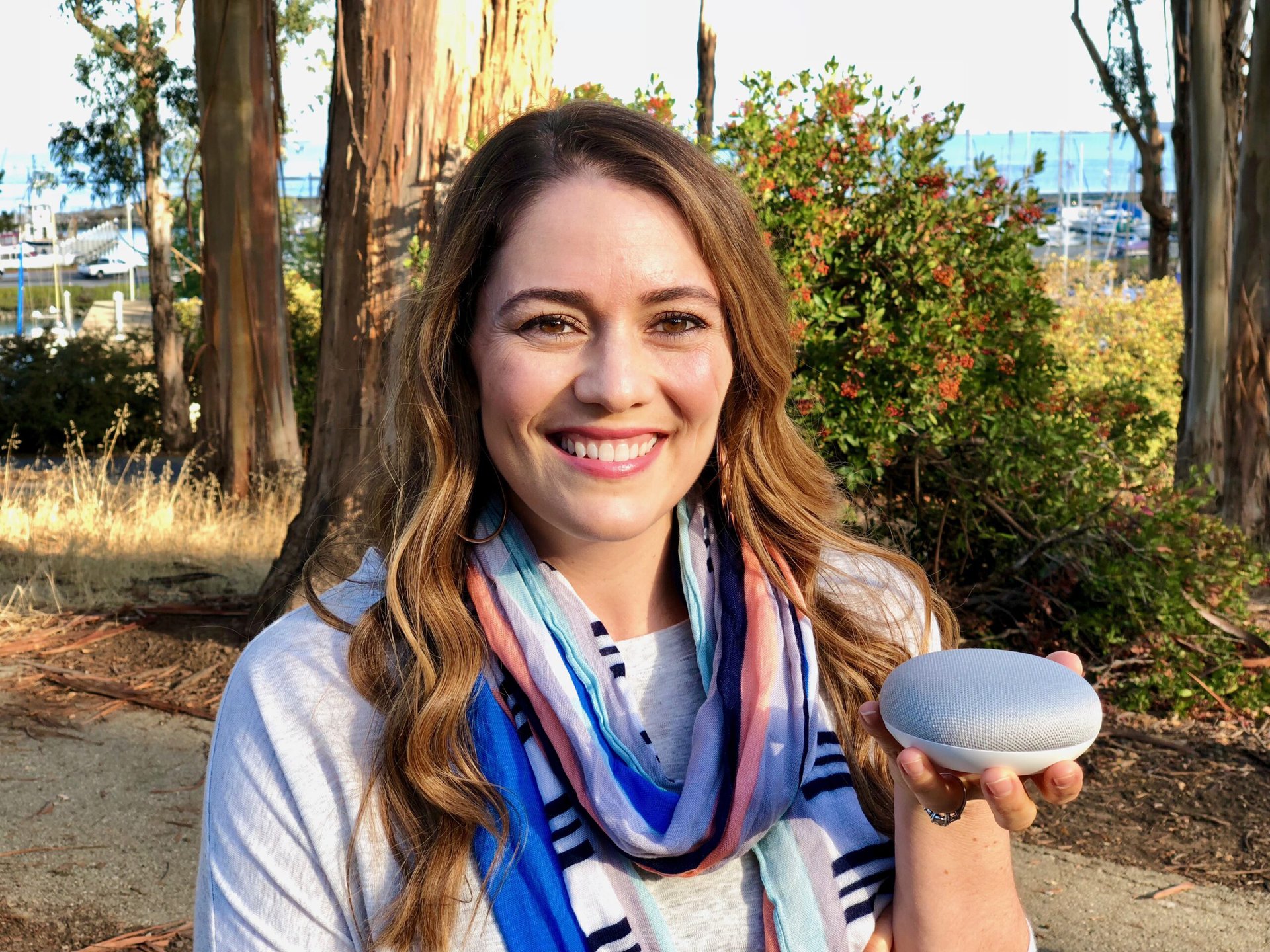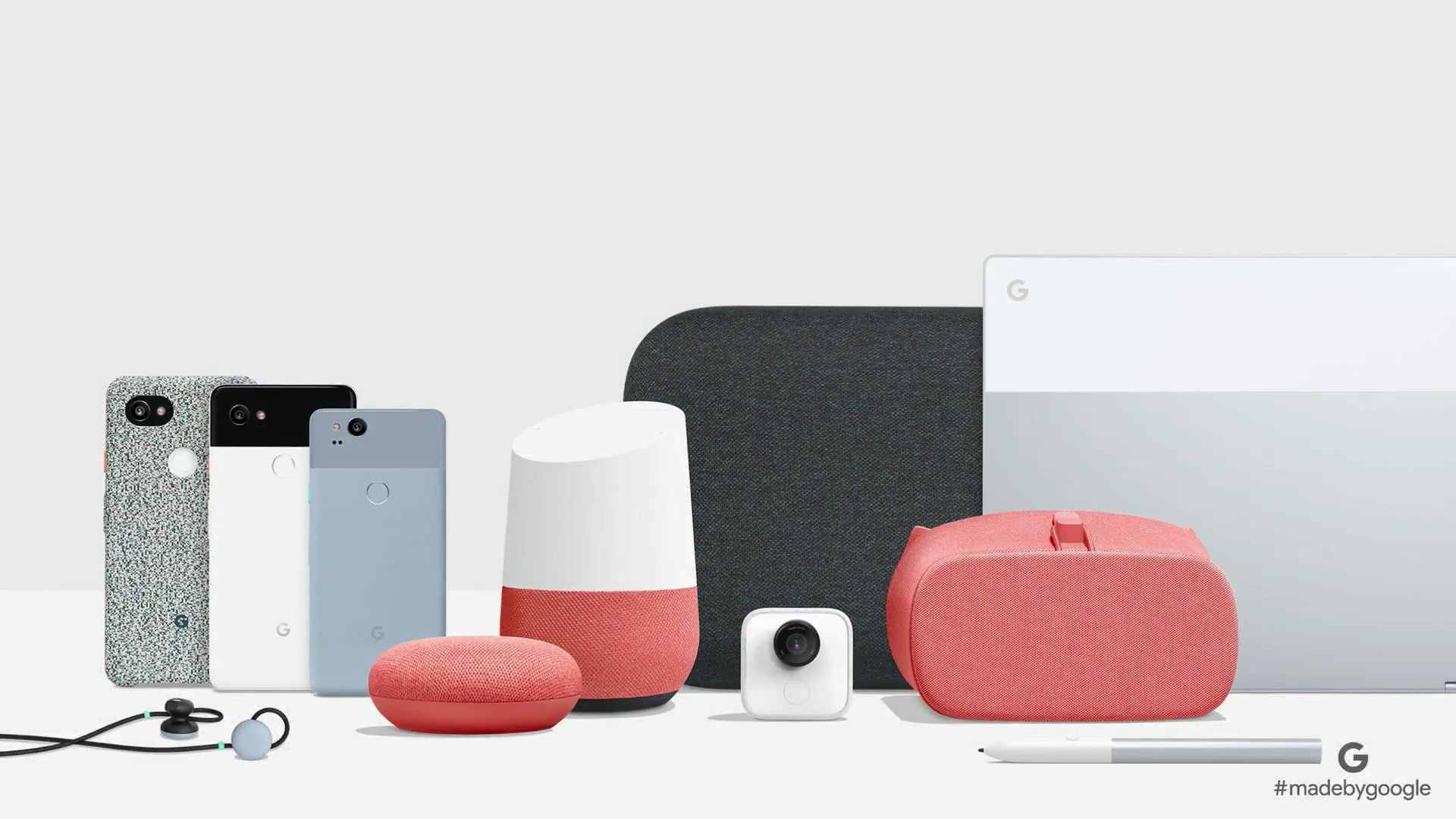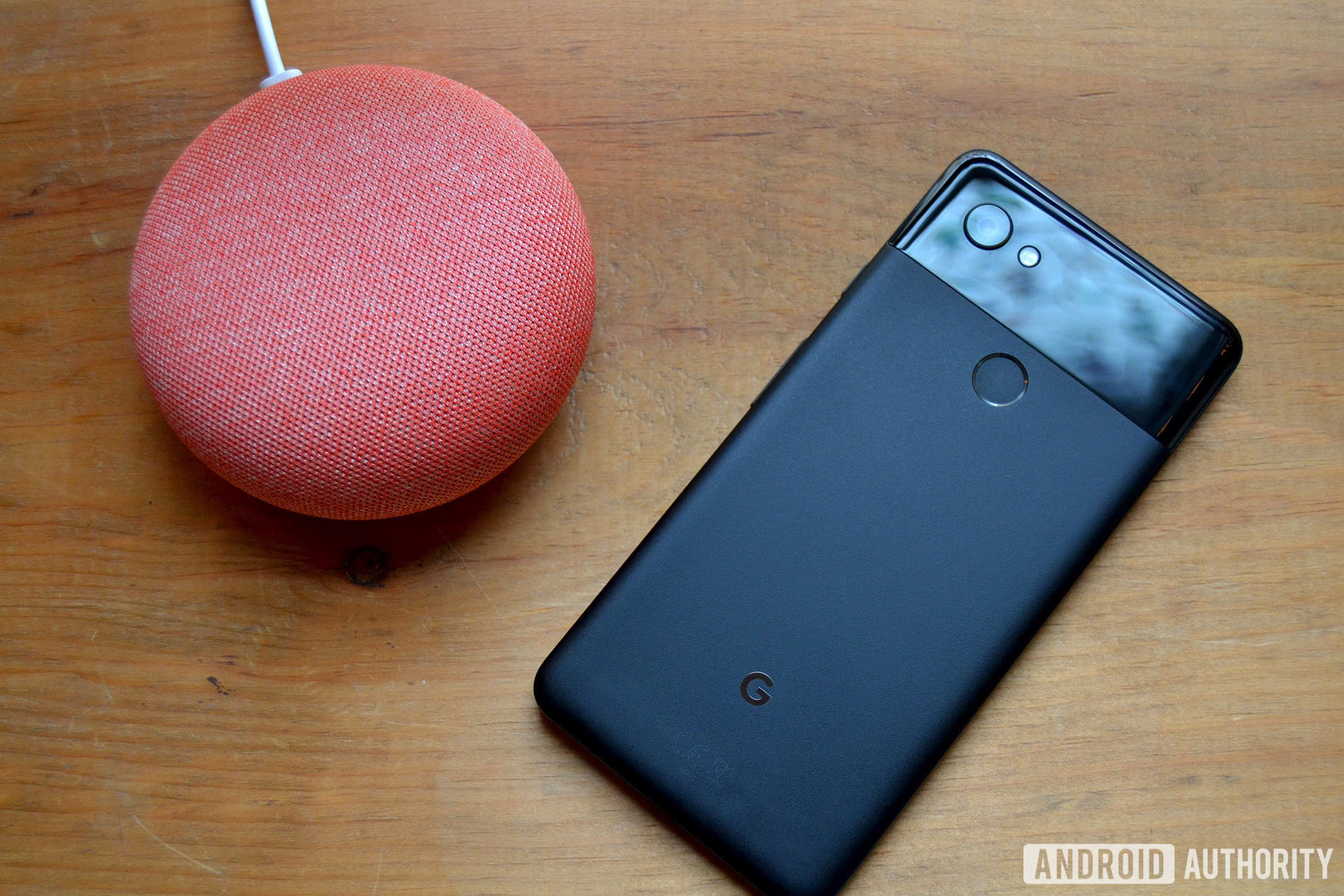Affiliate links on Android Authority may earn us a commission. Learn more.
Google's plan to take over the home starts with Google Home Mini

Google is betting big on artificial intelligence, and it’s doing a great job at making sure everyone has access to it. If you own an Android smartphone, you now have access to Google Assistant. If you have $129, you can get your very own Google Home.
What if you don’t want to spend that much, but still want access to Google Assistant in every room of the house? That’s where Google Home Mini comes in.
Back in October, Google made a huge push into the smart home space with the Mini, priced at $49. Right now, you can get your hands on one in seven countries, but in order to make every home a smart home, that number needs to start growing.
“We’re happy to see so many people in different countries that want access to Google Home Mini,” said Google Home Mini product manager Selena Salazar in an interview with Android Authority on Thursday. “We can’t comment on a wider rollout at this time, but stay tuned!”
2017 saw Google’s biggest push yet into making the smart home more than just a pipe dream.

There were a lot of firsts for Google in 2017. It was the first year the company started taking design seriously. It’s not that Google didn’t care about design in the past, but 2017 marked a major shift in how we view Google as a hardware company. From the now-iconic glass panel on the top of its Pixel 2 and Pixelbook to the quirky and unique look and feel of the Pixel 2 fabric cases, the company is well on its way to creating a cohesive, recognizable, and familiar product lineup.
That’s exactly what it tried to achieve with the Google Home Mini. You see, in order for Google to bring its Assistant to every room of the house, users need a device that blends in with the aesthetic of the home. Not everyone is going to want a hockey puck-style speaker on their bedside table.
On stage at Google’s October 4 event, head of industrial design for Google’s Home and wearable products Isabelle Olsson said it took the company 157 tries before it found the right shade of chalk for the Mini. That’s how much thought Google is putting into this.
“Mini was designed thoughtfully,” said Salazar. “It’s a device that is meant to be in people’s homes, so the fabric and overall aesthetic needs to be just right. We had to design it from the ground up.”
Because Google Home Mini needs to be just that—a device for the home—the company settled on just three colors for the speaker at launch: Chalk, Charcoal, and Coral. “The colors need to align with the Google brand while also seamlessly blending into the home,” Salazar said.

It’s easy to get caught up in the way a speaker is designed, what colors are used, and how the fabric feels. That stuff is all important. It’s also important to remember that Google Home is still in the early days of development, much like artificial intelligence as a whole. Who’s to say Google Home should be confined to the form factor of a smart speaker? 10 years from now, could the company launch a Google Home-branded smart fridge with Assistant built in? Is that the way this is headed?
“Why does it have to be 10 years from now?” Salazar joked. “[Google Home] is such a new thing— there’s so much room for [it] to grow.”
The Google Home lineup has the potential to branch out to other form factors, which might happen sooner rather than later. Just one day after our interview, a Google job listing was posted to LinkedIn suggesting that a Home device with a display is in the works. It’s perfect timing for that to show up, as the Google vs Amazon quarrel has been heating up.
Salazar couldn’t comment much on Google’s future hardware plans, but one thing is pretty clear— since this is such a new product lineup, the company wants to make sure that the core functionality of Google Home is not taken away by a new form factor. Home Mini’s announcement reinforced Google’s assertion that Google Home is all about voice control. Sure, it has touch functionality on the top (again) for controlling volume and play/pause, but that’s not how Google wants you to use Home devices (at least not right now). These speakers are supposed to be tucked away in a corner, there when you need them and hidden when you don’t.
It’s a strategy that resonates throughout all of Google’s new hardware products. The Pixel 2 is a smartphone that’s there for you at all times and stays out of your way when you don’t need it. The same strategy can be applied to Google Clips and Pixelbook, too.
The fact that you can say “Okay, Google” in pretty much any room of your house and receive an answer is pretty great (I’m still just getting used to it), and that’s Google’s vision for the future of the smart home. It’s only going to get better, especially because the Home Mini speaker is so accessible to so many people. “Google Home has come a long way in a short amount of time,” said Salazar. “There’s so much more to be done.”
Next: No more low-quality accessories: An interview with Made for Google’s Blade Olson